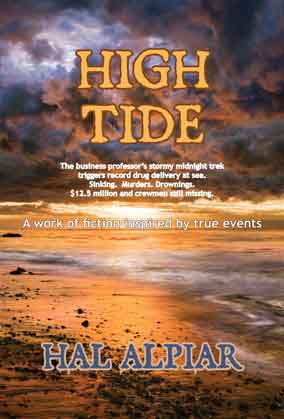Jun 27 2010
WALK AND CHEW GUM?
Please excuse me
for not looking up,
but I am listening
carefully… BULL!
It’s the unconscious “game” we all play every day and most vehemently protest when we’re caught red-handed.
Some who recognize the fallibility of its practice at least have the courtesy to acknowledge the shortcoming at the same time that they practice it in your face. Others just play dumb when you call them at it.
Don’t let employees pretend they’re listening to you while they’re reading or writing or surfing the Net or watching TV, or –and here’s the biggy– driving a car! It’s been proven conclusively time and again that the human mind simply cannot concentrate fully on two things at the exact same time. If the answer to your question, “Are you driving right now?” is “Yes,” set a call-back time and hang up!
Yes, concentration can alternate rapidly, but there are no double-barrel brainwave tunnels that facilitate thought process focus on more than one item, idea, situation, person or place at any given split second.
You can’t do 2 things at the same time!
So what does this mean if you own and/or manage a business or part of a business? It means when there’s important information to share, you need to flat-out tell distracted employees — like many assertive classroom teachers tell students — that you will wait to speak until you have their full attention.
By the same token, you need to return the behavior by facing the person who’s serving as a news source to you. (No, not network TV news anchors; most of them deserve less attention than a bad car commercial)
It means you need to teach others around you — by example. It means you need to subtly demonstrate (preferably without making an issue of it) that good back and forth eye contact (not staring or glaring) enormously improves the accuracy of communication and also reinforces self-esteem.
It means you could do no greater service to the elimination of errors by consistently paraphrasing (repeating in your own words what you understand others to be saying, as a way to check accuracy points with them). “Do I understand you correctly to mean __________?” is a highly effective verbal tool for that.
It means that both you and the information source will benefit enormously in pursuing common goals and thought processes by asking for diagrams and examples.
Ask the speaker to stop or slow down until you can take notes. Not only will this force a more careful explanation, and help prevent errors, it’s also a flattering and ego-boosting technique.
Sure this all takes more time. Of course it’s more effort. But the results will launch your rocket quicker, safer, and more productively than those who trip over themselves rushing to light a fuse that may not even be connected.
Just ask yourself if you want the job done right the first time. If the answer is yes, take the extra time and effort to communicate the who, what, when, where, why, and how.
302.933.0116 Hal@BusinessWorks.US


